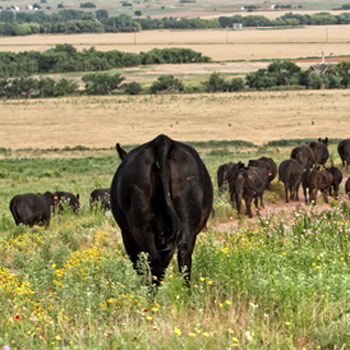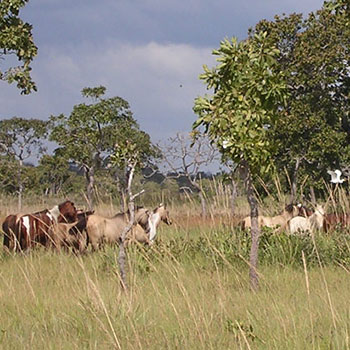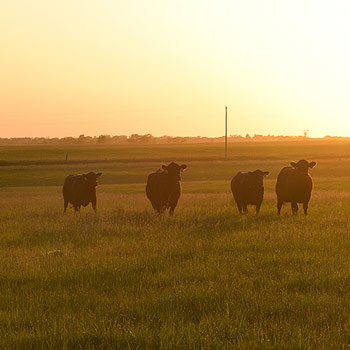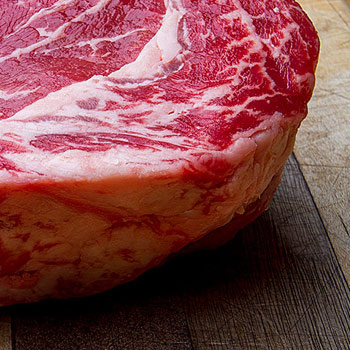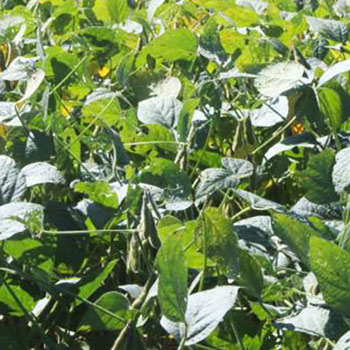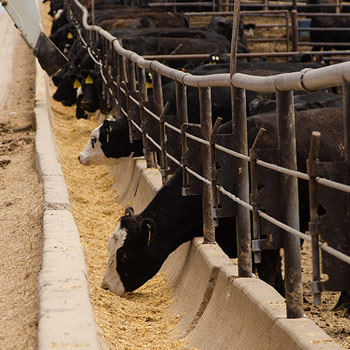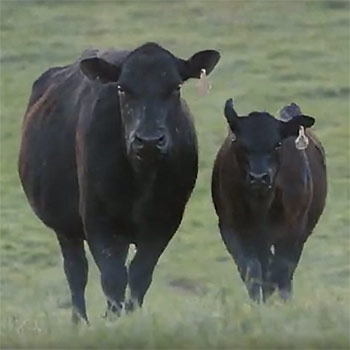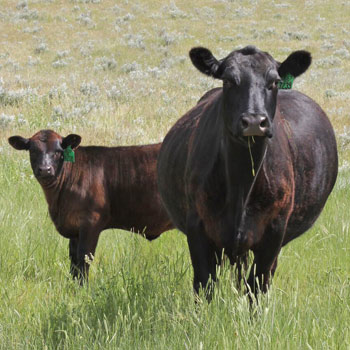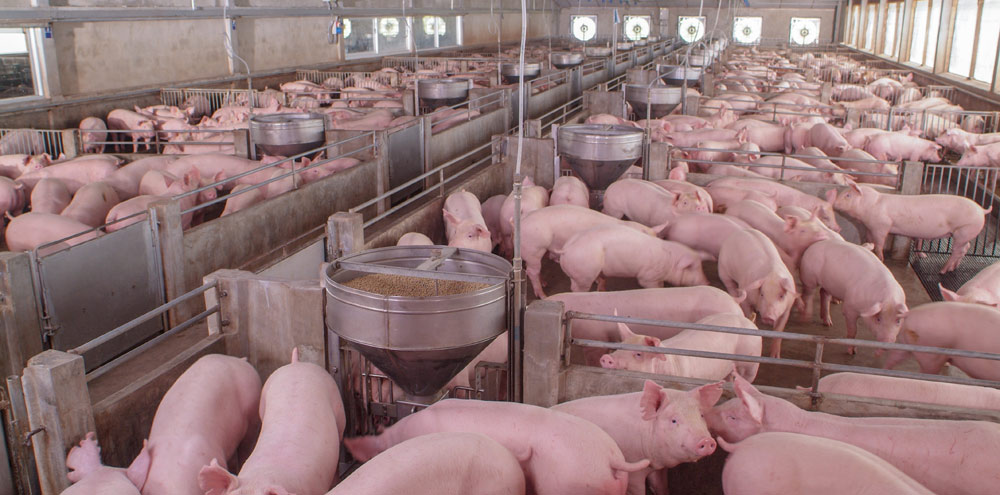
In the Cattle Markets
African Swine Fever has an impact on the beef industry.
By now most livestock producers have heard of African Swine Fever (ASF), the highly contagious disease with no known vaccine that is devastating the hog herd in China. ASF was first detected in China in August 2018 and has since spread to every mainland Chinese province, as well as Hong Kong. China’s hog herd has shrunk 25%-50% (depending on which Chinese agency is reporting the numbers). The decline in pork production, according to the National Bureau of Statistics of China, is decidedly smaller and estimated at 20%.
One shouldn’t expect total pork production to be down the same as hog herd size, as sow culling is being reported at a higher percentage than market hogs. Thus, short-term pork production may not decline as much as herd size, but the long-term effects will continue into 2020. Regardless of the decline in Chinese pork production, the gap between Chinese supply and Chinese demand will be filled by either imported pork, or substitution of an alternative protein product.
Chinese pork imports are up 30% year over year for the January-through-August time period. Spain is the top pork exporter to China followed by Germany, Canada, Brazil and the United States. Chinese imports from the United States are up 38% year over year, but account for only 4% of U.S. pork production. The large increase reflects both the uptick due to ASF and the downturn in 2018 due to trade concerns.
Chinese imports didn’t start to increase significantly until the third quarter of 2019. Given the continual tightening of Chinese supply, the fourth quarter of 2019 and 2020 will see increased Chinese imports, likely coming from a combination of Canada, Brazil and the United States.
The 38% growth in exports to China has been offset by weaknesses in other exports to other Asian countries and Mexico, allowing for only a 4% growth year over year in total U.S. export quantity. The strong dollar and disruptive trade policies have dampened the potential growth in U.S. pork exports, and will continue to slow export growth to China and other countries.
Prior to the outbreak of ASF, China consumed approximately 73 pounds (lb.) per capita of pork, 13 lb. of beef and 25 lb. of poultry. Chinese pork consumption is expected to drop sharply in response to soaring prices, as well as lack of physical supply. In an attempt to curb price increases (and resulting inflation), reserve pork supplies have been released and price ceilings have been created. Nevertheless, Chinese pork prices have increased between 33% to 100% since January. Additionally, retail prices for sheep, beef and chicken are also at record levels.
China has increased beef imports approximately 57% over the same period in 2018. U.S. beef export quantity to China has increased 24% over 2018, but note this is still less than 1% of total U.S. beef export quantity. Given that Chinese beef imports are increasing at a faster rate than pork, and that Chinese beef and poultry prices are at record levels, one can assume there has been some substitution from pork consumption to alternative proteins.
ASF will have long-term effects on Chinese protein consumption and world protein exports. U.S.-China trade war limits export opportunities and the European Union is relatively high-priced. Poultry production has increased in China due to the much shorter production cycle than either pork or beef and poultry’s similar price point to pork. If Chinese consumers switch to poultry in the short-run to accommodate the Chinese pork shortage, it will take some time for Chinese pork consumption to rebound.
Nevertheless, pork exports into China will increase, although the amounts will be less than hoped for due to the political landscape. U.S. pork producers and exporters should see year-over-year prices.
Editor’s note: Brenda Boetel is a professor in the Department of Agriculural Economics at the University of Wisconsin–River Falls.
